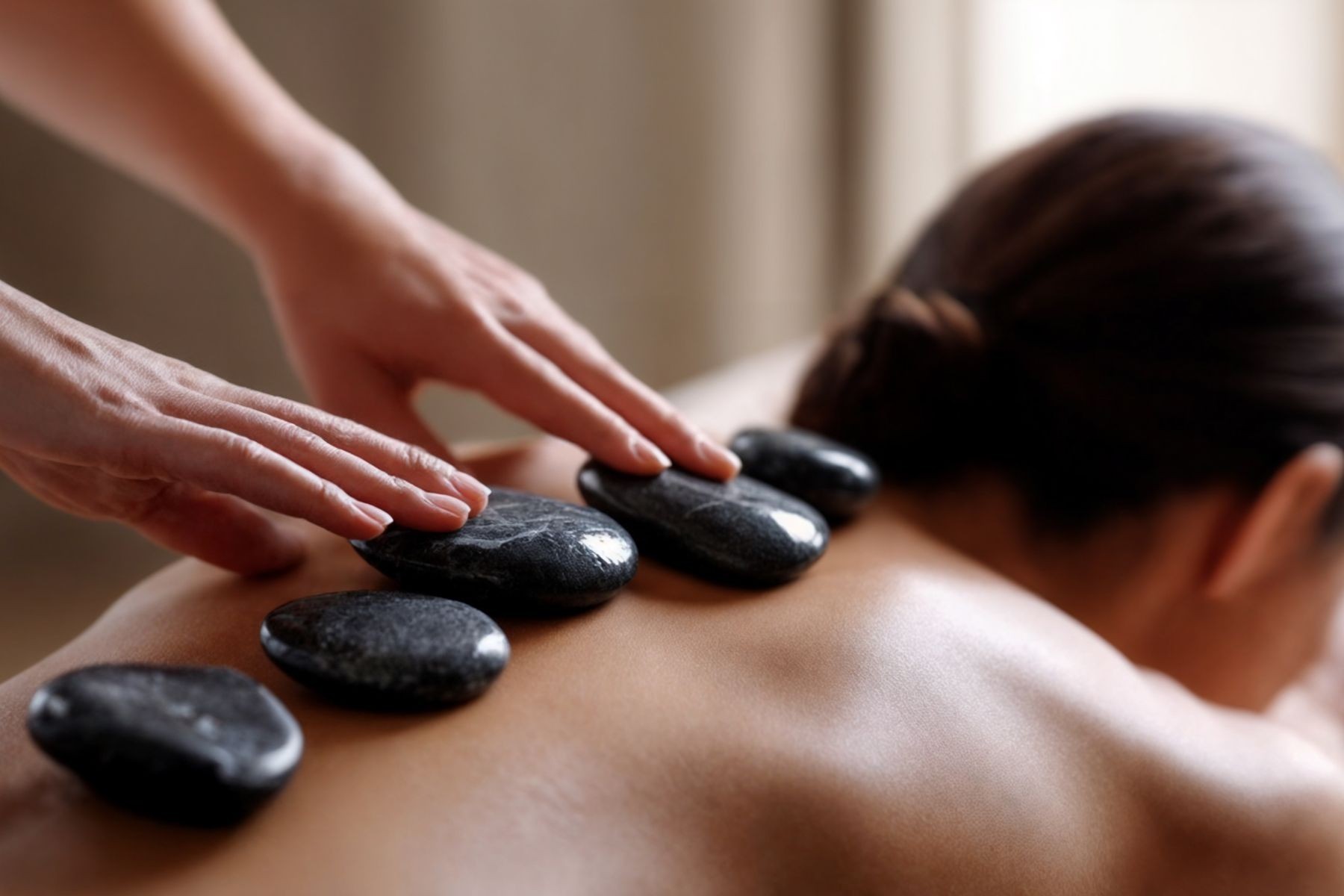Back Care Basics: How Massage & Movement Can Support Your Spine
We rely on our backs every day; for sitting, standing, walking, lifting, and just about everything in between. But when tension or pain sets in, even the smallest tasks can become a challenge. The good news? With just a few daily habits, you can take better care of your spine and help prevent discomfort before it starts.
A combination of regular movement, good posture, and therapeutic massage can go a long way in keeping your back healthy and pain-free.
Why Spinal Health Matters
Your spine isn’t just the “backbone” of your body, it’s a complex system of bones, discs, nerves, muscles, and ligaments. It plays a key role in posture, movement, and communication between your brain and body. When the spine is functioning well, we often don’t even notice it. But when things go wrong—stiffness, inflammation, nerve compression—it can impact everything from sleep to mobility.
According to the World Health Organization, low back pain is the leading cause of disability worldwide (WHO, 2023)
That’s why it’s important to stay proactive with gentle movement and self-care.
Move More
One of the best things you can do for your back is to simply keep it moving. Long hours of sitting can compress the spine and tighten surrounding muscles. Try these easy tips to break the cycle:
- Take Breaks from Sitting
- If you work at a desk or spend a lot of time sitting, try standing up and stretching every 30–60 minutes. Even a quick walk around the room or a few shoulder rolls can make a difference.
- Incorporate Gentle Movement
- You don’t need a hardcore fitness routine to support your spine. Activities like walking, yoga, swimming, or tai chi are gentle on the body but highly effective for spinal health. These movements improve circulation, loosen tight muscles, and help keep your bones strong and joints flexible.
- Stretch Regularly
- Tight muscles, especially in the hips, hamstrings, and shoulders, can pull your spine out of alignment. Regular stretching keeps your muscles balanced and flexible. Focus on areas like the lower back, glutes, thighs, and chest for a well-rounded routine.
- Strengthen Your Core
- Your core muscle, especially your abdominals and lower back, act like a natural support belt for your spine. Strengthening these muscles through simple exercises like planks, bridges, or leg lifts can reduce strain on your back and improve posture.
- Use proper lifting techniques:
- Always bend at the knees, keep your back straight, and hold items close to your body.
- Stay hydrated.
- Your spinal discs rely on fluid to maintain their shape and cushioning. Drinking enough water supports spinal health.
Posture: The Little Things That Make a Big Difference
Posture might not seem like a big deal—until you notice the strain it’s putting on your neck, shoulders, or lower back.
Here’s how to check in with your posture during everyday activities:
- When Sitting:
Sit with your feet flat on the ground, knees at hip level, and your back straight. Avoid crossing your legs for long periods, and keep your screen at eye level to prevent neck strain.
- When Standing:
Distribute your weight evenly between both feet. Keep your shoulders relaxed, your head aligned with your spine, and avoid locking your knees.
- When Sleeping:
Your sleep posture can also affect your back. Choose a mattress that supports the natural curves of your spine, and use a pillow that keeps your neck aligned. Side sleepers can place a pillow between the knees for better hip and lower back alignment.
Pro tip: Use gentle reminders (like sticky notes or phone alerts) to check your posture throughout the day until it becomes second nature.
The Role of Massage in Back Health
Massage isn’t just for relaxation - It can be a powerful tool for maintaining a healthy back.
A 2020 review published in the International Journal of Therapeutic Massage & Bodywork found that massage therapy significantly reduced low back pain and improved spinal function (IJTMB, 2020).
Massage isn’t just for Injuries - Even if you’re not currently experiencing pain, regular massage can be a preventative tool. Consider scheduling a session every few weeks, or using a foam roller, massage ball, or handheld device for home use.
Here’s how it helps:
- Releases Muscle Tension
Tight muscles especially in the shoulders, lower back, and hips can restrict movement and pull your spine out of alignment. Massage works to release these tight spots, promoting better flexibility and balance.
- Improves Blood Flow
Massage increases circulation to the muscles and soft tissues around the spine. This helps nourish the area, remove waste products, and speed up healing if you’re dealing with minor strains or soreness.
- Reduces Stress
Stress often manifests physically, especially in the upper back and neck. Massage activates the parasympathetic nervous system, which helps your body relax, reduce cortisol levels, and let go of physical tension.
- Supports Body Awareness
Regular massage helps you tune in to how your body feels, which can improve your posture and movement habits over time. Becoming more aware of tight or overused areas can help you make adjustments before discomfort becomes a problem.
Whether you book a professional session or use simple tools like massage balls or foam rollers at home, regular massage can be a great way to care for your back.
Keep It Simple, Consistency Is Key
Taking care of your back doesn’t have to be complicated. . It’s the small, consistent actions that make the biggest difference. Stretching a few times a day, making time for a massage once or twice a month, can all add up to big improvements in how your body feels.
Remember, your spine works hard for you every day. Treat it with care, and it will support you for years to come.
References:
- World Health Organization. (2023). Spinal Cord Injury Factsheet.
- International Journal of Therapeutic Massage & Bodywork. (2020). Massage Therapy for Low Back Pain: A Systematic Review.





